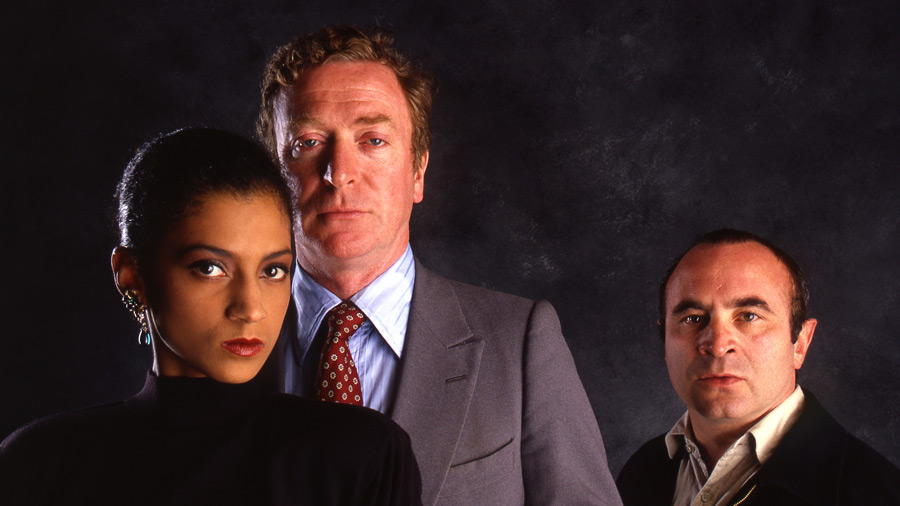
The world, let alone the entertainment sector of it, loves to view things in absolute terms. Everything always seems to have to “the best” or “the worst” or “the biggest”, “the smallest”, “the most”, or “the least” and so on. If one is dealing in tangible entities which can be measured, then this might make some sense. However, the artistic world is really not about such measurable things.
In the world of cinema, one may measure things such as length of running time or how many scenes or shots (or how few) make up a film, but labelling so subjective a thing as a film with a label based largely on subjective reasoning is foolish if not dangerous (though it happens all the time). Many look to awards and/or lists to certify a film’s worth or lack thereof but those things are the works of a person or persons with opinions (some more informed than others), context and circumstances (and agendas).
If one tends to think in such absolutes, then many pleasures along the way might be missed. Films which aren’t “great” may well have great things in them or might have some pretty good things in them, which might well mean something to some viewer(s). Not every film can be in the pantheon and sometimes it’s good just to see something which may not be lofty in its quality/reputation, but is satisfying to one degree or another nonetheless.
The following list (hopefully the first of several) looks at films which might (or might not) be in books about films one must see before they die, lists of the greatest of films from certain decades or in all film history (though many films end up on year-end lists, only to be somewhat forgotten later) and may well be overlooked.
Remember that those in the know sometimes think of a film as remembered when the general public may not have heard of it in years (if ever). Please try not to find outrage with the following list.
1. The Organizer (1963)
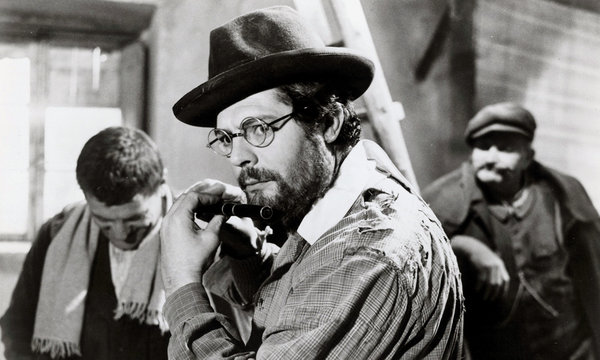
What would the Italian cinemascape of the mid to late 20th century have been like without actor Marcello Mastroianni? Were there other good actors and other handsome actors around in that part of the world in those years? Most certainly, but his splendid face and suave manner combined with superior acting style to make him Italy’s great male star; not only there, but around the world (and the fitting mate to Sophia Loren, the great female Italian actress and his frequent co-star).
Bring up his name and many will remember his dramatic triumphs such as “La Dolce Vita” in 1959, “8 ½” in 1963 (both directed by his frequent collaborator Federico Fellini, more of whom later) and 1961’s “La Notte” (with another great director, Michelangelo Antonioni), among many others.
However, he was fine in comedy as well, something not all great dramatic actors can say. He actually received his first Oscar nomination (of three, tremendous for a foreign language actor) for 1962’s “Divorce, Italian Style” and was in such films as 1963’s “Yesterday, Today, and Tomorrow” and “Marriage, Italian Style” (with Miss Loren), both in 1964, and had, in fact, scored one of his first big hits with the comedy caper film “Big Deal on Madonna Street” in 1958.
That film was directed by Mario Monicelli, a director well known in Italy throughout his long life (95 years) and career. However, Monicelli’s stars must have lined up just so from the time of “Big Deal” through the mid-60s for those were his international years. Sadly, one of his and Mastroianni’s best was not a big box office hit In Italy or anywhere else, but survives nicely today.
Set in an exquisitely detailed 19th century Turin, the action centers on a most decrepit textile factory where the workers are at it for very, very long hours under substandard conditions and get very little in the way of compensation. When a veteran worker loses his hand thanks to management deficiency, and that management has no thought of adequate compensation, the workers realize that they must organize into a union. Enter the title character (Mastroianni), a former teacher turned labor organizer. The problem is that the idealistic man has the right spirit but the practicality of the working world somehow eludes him.
It’s a shame that crowds very often steer clear of films about work situations, and unions and distributors on both sides of the Atlantic didn’t do much to push this one. However, the excellent dramatic-comic script was Oscar nominated and the brilliant star was backed by a wonderful cast (including French actors Annie Girardot and Bertrand Blier) and superb production detail under skilled direction. See the star’s more famous films first, if one wishes, but don’t miss “The Organizer”.
2. Le Bonheur (1965)
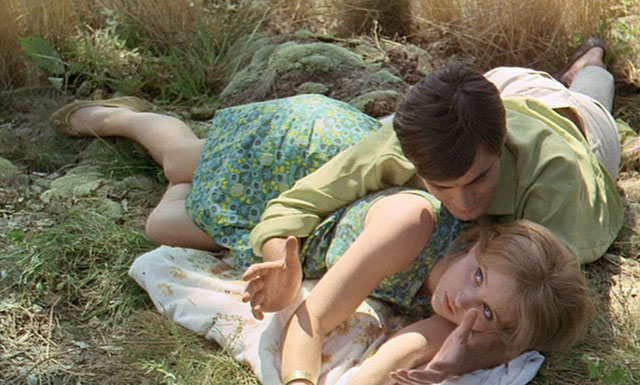
Quite often the terms ‘pioneer’ and ‘trailblazer’ are thrown around a bit, but both truly apply to director-writer-documentarian Agnes Varda of France. Women have long struggled to become filmmakers in countries throughout the history of film (except for the many present in the very earliest days of the medium). However, Varda just simply went out and made films and made them her way, and is still going strong as she prepares to enter her 90s!
One thing that helped and hindered was being the wife of fellow world class filmmaker Jacques Demy (more on him later). To the cinematic world, they looked like a cute couple working together (though they didn’t, really, despite mutual support). That helped Varda keep working but it put her in his shadow a bit (until his rather untimely death).
She has made many memorable feature films and documentaries, but one that was once a favorite seems to have oddly faded into the background in recent years. “Le Bonheur” (“Happiness”) tells a common film story.
A simple married man (Jean-Claude Drouot) has a very sunny life (and this film is quite sunny) with his wife (Claire Drouot, the actor’s real wife) and their children. However, one day he meets a lovely young woman (Marie-France Boyer) in the post office and falls in love with her – but not out of love with his wife – and he starts trying (quite obtusely) to find a way for all involved to be happy together.
As stated, this isn’t a unique story, but Varda handles it in a unique manner from a female point of view. Many thought and still think she paints such a too pretty a picture, but the point is that the man thinks that he can pretty up an unpretty situation. His good-natured insensitivity leads to a shocking conclusion, and it’s doubtful a male director would have gone that same route.
Some films need closer examination to reveal their natures. “Le Bonheur” might look old fashioned and too much like a shampoo commercial, but it’s all part of a more subtle picture. Like all Varda films, this one is worth the trouble.
3. Juliet of the Spirits (1965)
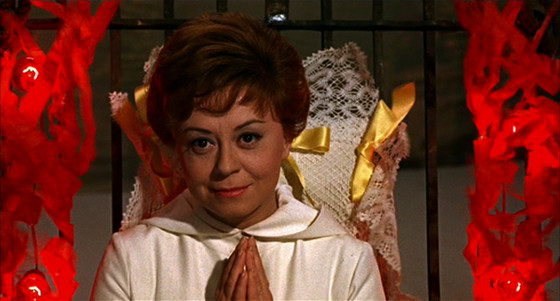
There was a time when those in the cinematic know would debate the question of the world’s greatest film director, specifically whether that personage was Sweden’s Ingmar Bergman or Italy’s Federico Fellini. Well, time seems to have taken both out of the running (and each has died).
In Fellini’s case, his highs have tended to remain very high, but many films which were considered the works of a genius which, perhaps, lesser beings couldn’t understand, seem less than that now (though even the least of them could be the work of no one else).
Fellini began directing (after a long apprenticeship screenwriting) just after World War II. Making a mark with 1953’s “I Vitelloni” and a big international success with the next year’s “La Strada” (earning an honorary Oscar before the category existed) and culminating with the huge hit of 1959’s “La Dolce Vita”.
Then… he hit a wall. Eventually he put his filmmaking block on screen in 1963’s “8 ½”, which many still find to be his masterpiece. Dramatic, comic and surreal in parts, it was brilliant, but a trick one can only do once, right? Well, almost. There was another big and problematic strain making up Fellini’s life and that was his very long (’til death) marriage to actress Giulietta Masina.
As a professional couple, he had cast her in is films a number of times and twice she came through brilliantly, in “La Strada” and 1957’s “Nights of Cabiria” (in which the pair enlarged her bit role from 1951’s The White Sheik and which is now perhaps best known as the inspiration for the musical play and film “Sweet Charity”). Masina had an eerie gift for playing foolish, simple, but loveable women, and suddenly twisting the characters just a bit and making them unbearably tragic. Few could do that without it coming across as false and grotesque.
However, after the latter film, she hit a career snag with a non-Fellini film, 1960’s “The High Life”, and more or less gave up films. Even sadder, though, Fellini was, in his way, deeply devoted to her but deeply faithless and was often away from her due to work and other reasons. Their attempts at parenthood had ended in tragedy (one traumatic miscarriage and the death of their month old son, born in the chaos of war).
Fellini had inserted a character closely based on her in “8 ½” (played by French actress Anouk Aimee) but, now needing a follow-up, another cinematic version of her, played by her, would become the subject of a new film.
“Juliet of the Spirits” was Fellini’s first color film (and colorful it is indeed) and tells the story of Juliet, the wife of a famed and acclaimed film director, who suspects, with good reason, that her man is unfaithful. This leads to several fantasies and a number of highly stylized recollections of the woman’s early life and family as she tries to find a way to deal with it all.
Well, could that be any plainer? This film has always had a mixed reception. Those calling it derivative have a point, though, if telling another side of the story at the heart of “8 ½”; that would be logical. Some have called it self-indulgent and might have a point as well (Pauline Kael infamously stated that the woman’s fantasies seemed furnished with overstuffed props from old MGM musicals).
It won awards in its time but lives in the shadow of “8 ½” (male over female?). However, it has stunning images and a fine cast supporting the lead including Sandra Milo, Mario Pisu, Valentina Cortese, and, quite surprisingly, Valeska Gert as a most convincing medium (she had been a major presence in German films of the Weimar silent era but hadn’t been seen in a long time even then). Masina is most appealing but not at all like her characters in her earlier hits, nor, at her age at the time, could she have been. Perhaps that’s what dismayed many. That meant that they lost the experience of a fine work of personal cinema.
4. The Young Girls of Rochefort (1967)
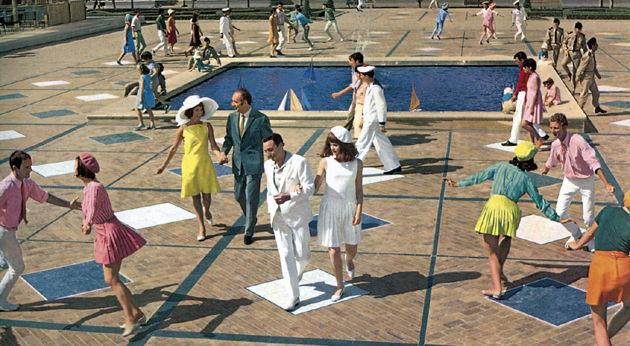
One might wonder if Fellini and France’s Jacques Demy (husband of Agnes Varda) ever had a good talk. Both found out that having a big hit can just about get you. After attracting notice with his debut, 1960’s “Lola”, and 1962’s “Bay of Angels”, Demy, whose style could be termed “honestly dreamy,” was off and running.
Well, he hit pay dirt with film number three, “The Umbrellas of Cherbourg” in 1964, his very pretty first color film and one which might be termed a ‘film operetta’, with all the dialog conveyed in song thanks to the now classic composer Michel Legrand and starring the beautiful couple of Catherine Deneuve and Nino Castelnuovo. It was a huge hit, remembered and seen to this day, and probably the film for which Demy will be remembered.
Why, then, did almost everyone reject its follow-up, “The Young Girls of Rochefort”? Firstly, Demy did not make a film between “Umbrellas” and “Young Girls”. He brought back Deneuve along with Legrand and her also famous and lovely (and sadly ill-fated) sister Francoise Dorleac. This time the men in the story would include “West Side Story” Oscar winner and dancer George Chakiris (and this is his only other major film) and Hollywood musical legend Gene Kelly.
The story of “Umbrellas” was finished at the end of the film, so a new plot with new characters had to be developed. In the little town of Rochefort there live twin sisters who make their living teaching music and dance and musically tell everyone how their mysterious and unknown father vanished before they came along. Mom, played by the great French actress Danielle Darrieux, is having romantic problems due to a more recent lost love. A carnival comes to town (in which everyone seems to be a dancer) and everyone commences on a love-fueled roundelay, which comes to a much more cheerful ending than “Umbrellas”.
Maybe that’s the trouble, for “Umbrellas” packed a punch this film doesn’t have. However, the score was Oscar nominated and a big hit in France. However, even there, “Young Girls” lived in the prior film’s shadow (along with the fact that most of the major players’ singing voices were dubbed, and Dorleac’s death in an unexpected and terrible car accident surely put a damper on such a colorful and cheery film). Demy had several more films to make and some, such as 1970’s “Donkey Skin”, did well, but his biggest hit remained an insurmountable object.
5. The Merchant of Four Seasons (1971)
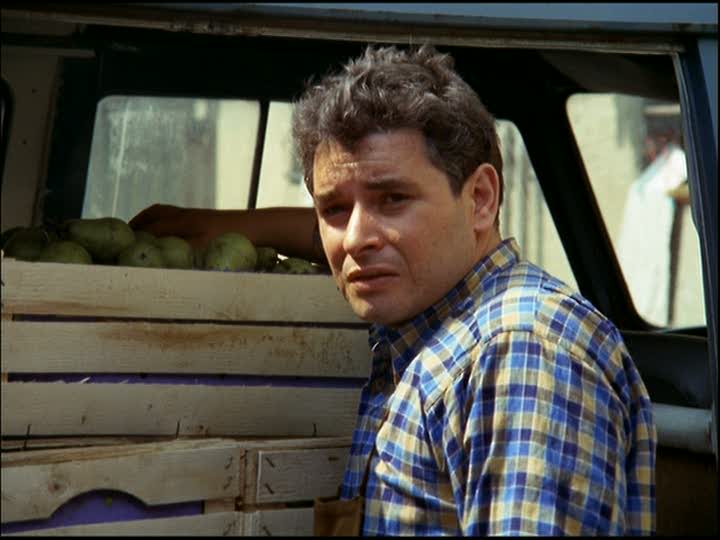
The term ‘manic’ could truly have been invented to describe German writer-director (and sometimes actor) Rainer Werner Fassbinder, quite possibly the face of New German Cinema. His span of time on Earth was only 37 years but he wrote and directed some 44 films (not counting acting appearances in the films of others). That somehow seems appropriate for someone who seemed to have no god except for cinema, and who had no pleasure for which wasn’t self-destructive (his drug-related death wasn’t suicide, save for the fact that his lifestyle was suicidal).
His span of cinematic life ranged from the end of the 1960s to the early 1980s. There were big and notable successes, such as the films in his famed BDR trilogy – “The Marriage of Maria Braun”, 1979; “Lola”, 1981; and “Veronika Voss”, 1982 – and his monumental TV production “Berlin Alexanderplatz” in 1980. However, every Fassbinder film had something to recommend and, given that there were so many and that they came out in such close proximity, it’s no wonder some rather slipped through the cracks.
A film which always seems to get respect without a lot of affection is “The Merchant of Four Seasons”. This earlier effort is still Fassbinder in full flower, though perhaps without the blatant cruelty and humiliation usually visited on Fassbinder’s main characters (not that there isn’t plenty of both as is).
The title character is Hans Epp (Hans Hirschmuller), a successful produce merchant. However, the fates are not very generous in other ways to Hans. Though he has a sympathetic sister (the eternal Fassbinder muse and great actress Hanna Schygulla), his personal life is dominated by an unsatisfying marriage to the emotionless Irmgard (another muse, Irm Hermann, who always resembles Schygulla’s evil twin, and whose presence never bodes well for much of anybody in a Fassbinder film).
She and his business associates/employees can hardly wait for his health problems to do him in and allow them to gain control. Over the course of this film, that’s what happens. The course is inevitable from the start, yet the interest is in getting to the end.
As ever, the filmmaker creates a lush mise-en-scene worthy of Hollywood, but the unsentimental treatment is anything but reminiscent of the dream factories of that town. Fassbinder is often “fish-eyed” if not mean-spirited toward his characters (such as here, pointedly showing the dirty souls of Hans’ feet during his last, pitiful, sexual encounter). However, that’s a part of what so many find fascinating about the filmmaker. “Merchant” may be seen as a bit of a “warm-up” but it also shows that Fassbinder was pretty warm even at the time.